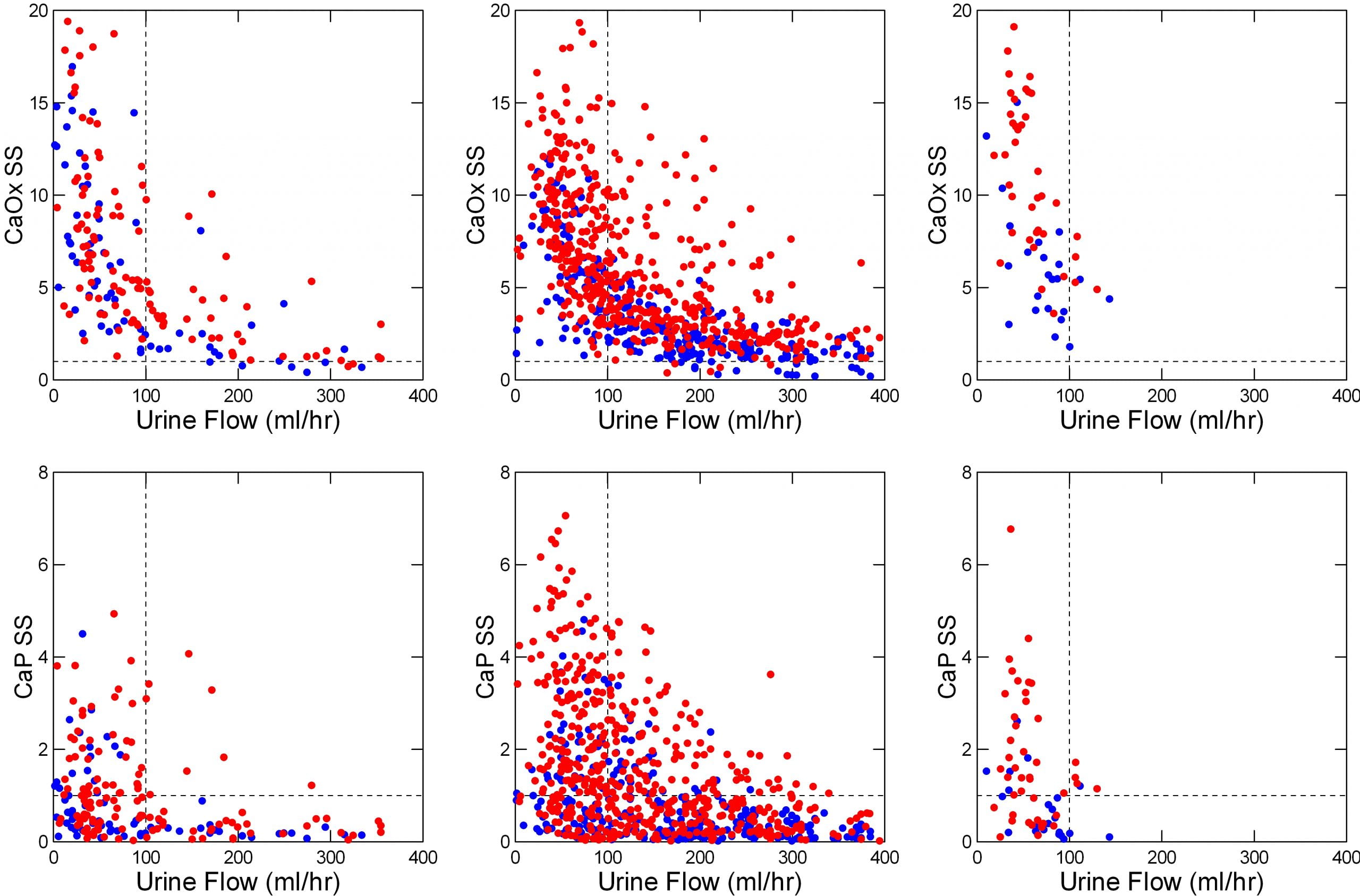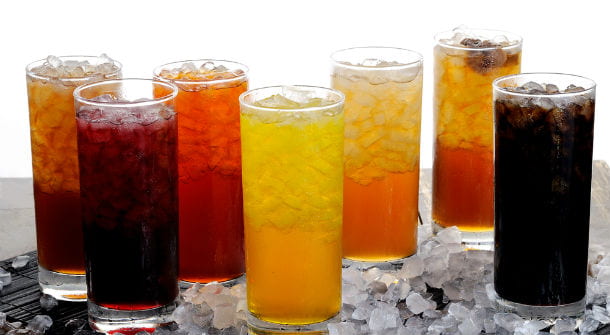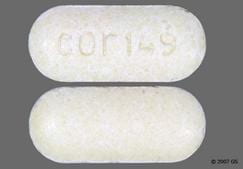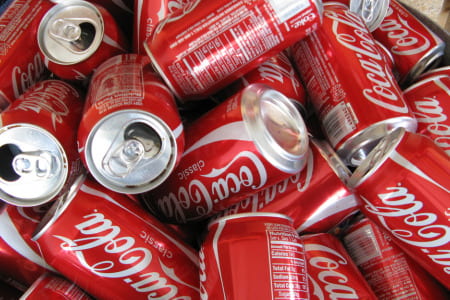
by Dr Fredric Coe | Sep 29, 2014 | For Doctors, For Patients, For Scientists
How does anyone really know the amount of fluids you need for stone prevention? Dr. Elaine Worcester and I have put together much of what is known about the topic and offer some reasonable guidelines. Our caveat: These are guidelines, but have your physician do the final decision. Not everyone can drink large amounts of fluids, and not every patient needs the maximum amount, either.

by Jill Harris, LPN | Sep 22, 2014 | For Doctors, For Patients, For Scientists
Well and good to say, ‘Drink 3 liters of water a day to prevent kidney stones’, and go on to something else. It is another to accomplish that feat. Don’t some drinks raise stone risk – like coffee and tea? What about Coke, diet drinks, beer and wine? Is anyone supposed to make do on all water? Here is a post by Jill Harris that offers answers and even daily menus of beverages. As things turn out, there are a lot of choices, a lot of ways to get in all that fluid, every day.

by Dr Fredric Coe | Sep 11, 2014 | For Doctors, For Patients, For Scientists
I never have been a remarkable shopper, so those who know me well might wonder at a post about prices. Even so, patients have complained and wanted alternatives to potassium citrate pills which have become too costly for them. I did a bit of web shopping for retail prices, and although they vary, even the lowest seem too high for most budgets. A very brief look at insurance plans under Medicare: Some plans just pay the whole bill; some charge $10.00 for 100 pills; some charge a percentage of retail; some do not pay. So I have put together alternatives which taken in aggregate permit everyone to piece together a replacement for all or at least some fraction of these pills whose price has become just too high.

by azisman1 | Sep 9, 2014 | For Doctors, For Patients, For Scientists
The Web abounds in lore about kidney stones, perhaps because stones are common, and perhaps because they are painful and people want remedies. This particular remedy caught the eye of Dr. Anna Zisman because one of her patients read about it, tried it, and seemed to get worse instead of better. She did some research on the matter and decided it was worth while to let patients know that the treatment is not ideal and possibly can do a modest amount of harm. Her charming and useful message is typical of her critical and thoughtful analysis of medicine, and especially this tiny but active area of stone prevention.
by Kristin Bergsland, PhD | Sep 2, 2014 | For Doctors, For Scientists
The complex but interesting featured graphic introduces aspects of the innate immune system which is present and active in the kidney and may have a role in stone genesis. Although innate immunity in kidney is a well established area of research, the specific links to...




